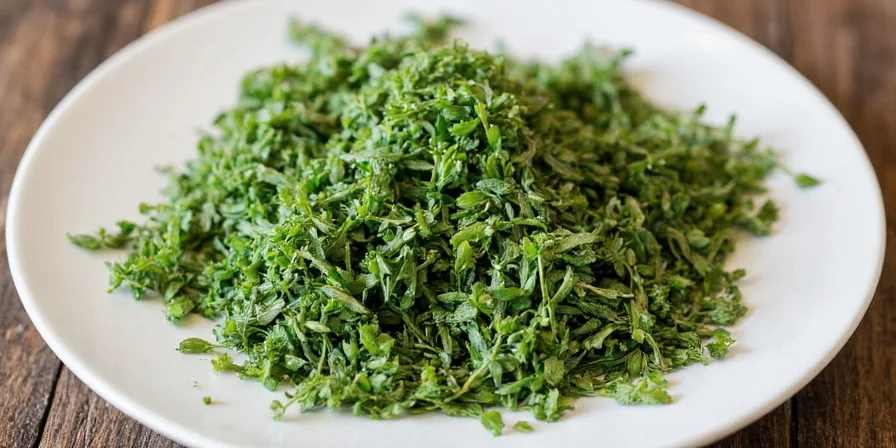
Discover why Greek oregano beats other varieties for pizza and how to grow it successfully at home.
Confused about which oregano variety works best for your pizza? Greek oregano (Origanum vulgare hirtum) delivers the strongest flavor with 6-8% essential oil concentration—perfect for authentic Mediterranean dishes. This guide reveals exactly how to choose, grow, and use oregano like a professional chef, including the fresh vs dried debate, regional varieties, and science-backed growing tips that guarantee maximum flavor.
Table of Contents
- What Is Oregano? (And Why Most People Get It Wrong)
- Oregano Meaning & Historical Significance
- Global Oregano Varieties: Which One Works for Your Cooking
- Culinary Uses: When to Add Oregano for Best Results
- How to Grow Oregano Successfully (Even Indoors)
- Health Benefits Backed by Science
- Pro Tips: Simple Hacks for Better Flavor
- Fresh vs. Dried Oregano: The Real Difference
- Best Spice Pairings for Oregano
- Key Takeaways for Perfect Oregano Use
- Frequently Asked Questions
What Is Oregano? (And Why Most People Get It Wrong)
Oregano (Origanum vulgare) isn't just "dried marjoram"—it's a distinct herb with an earthy-bold profile essential for authentic Mediterranean cooking. Understanding this difference prevents common cooking mistakes that ruin dishes.
| Botanical Name | Origanum vulgare |
|---|---|
| Common Confusion | Often mistaken for marjoram (milder cousin) |
| Best For | Pizza, tomato sauces, grilled meats |
| Key Compound | Carvacrol (creates signature bold flavor) |
Oregano Meaning & Historical Significance
The Greek word combines "oros" (mountain) and "ganos" (joy)—reflecting why ancient Greeks considered it sacred. This historical context explains why certain varieties work better for specific dishes today:
- Oregano-rich regions produced legendary honey with complex floral notes still valued by chefs.
- Roman soldiers used crushed leaves as antiseptic—a practice validated by modern science.
- 16th-century apothecaries documented its digestive benefits, now confirmed by carvacrol research.
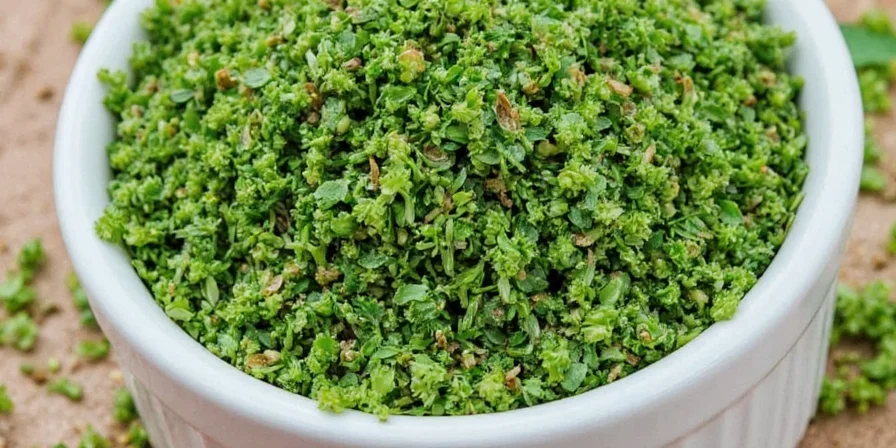
From wedding rituals to battlefield medicine, oregano's legacy explains modern culinary uses.
Global Oregano Varieties: Which One Works for Your Cooking
Using the wrong oregano variety is the #1 reason Mediterranean dishes miss authentic flavor. Here's how to choose correctly:
- Greek Oregano: Highest carvacrol content (6-8%) creates intense heat ideal for pizza and tomato sauces. Dominates authentic Mediterranean cuisine.
- Mexican Oregano: Citrus-forward flavor perfect for salsas and bean dishes. Use 50% less than Greek oregano due to higher potency.
- Cuban Oregano: Succulent leaves with camphor notes essential in Caribbean stews but rarely works for European recipes.
Pro Tip: For Italian dishes, always choose Greek oregano. Mexican variety's citrus notes clash with traditional tomato sauces.
Culinary Uses: When to Add Oregano for Best Results
Professional chefs use timing to maximize flavor—here's how to apply these techniques at home:
- Pizza Perfection: Add dried oregano during initial sauté of tomato sauce (not during simmering) for deeper flavor integration.
- Meat Marinades: Combine crushed dried oregano with lemon zest—the acidity unlocks flavor compounds for faster penetration.
- Unexpected Pairing: Sprinkle on roasted watermelon with feta—a Greek chef technique where bitterness balances sweet fruit.
How to Grow Oregano Successfully (Even Indoors)
Avoid common mistakes with these simple growing guidelines:
| Condition | Requirement |
|---|---|
| Sunlight | 6–8 hours of direct sun daily |
| Soil | Well-draining, slightly alkaline (pH 6.5-7.5) |
| Watering | Water deeply but infrequently—drought stress boosts flavor |
| Harvesting | Pre-flowering for peak oil concentration |
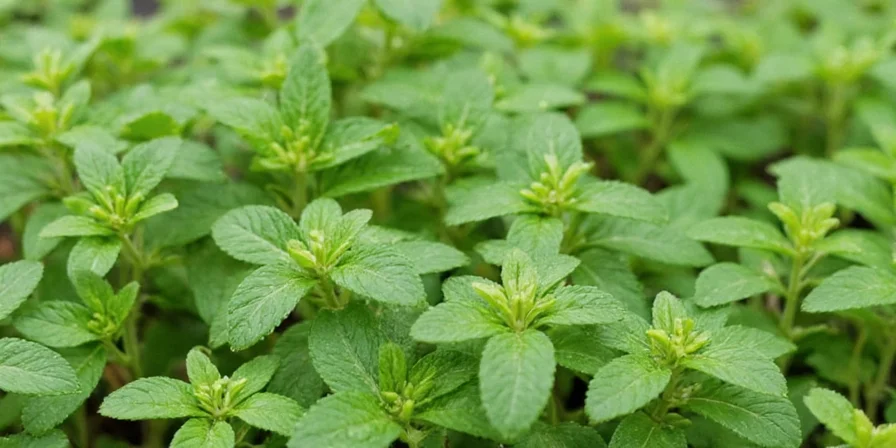
Harvest before flowering for maximum flavor in your cooking.
Health Benefits Backed by Science
Research confirms practical benefits beyond flavor:
- Digestive Aid: Carvacrol stimulates bile production—add to fatty dishes like lamb for easier digestion.
- Natural Preservative: Lab studies show oregano inhibits common food pathogens—use in homemade dressings.
- Antioxidant Power: Contains significantly more antioxidants than many fruits—boosts nutritional value of dishes.
Note: Culinary use provides benefits; therapeutic doses require professional guidance.
Pro Tips: Simple Hacks for Better Flavor
Transform your cooking with these easy techniques:
- Oil Infusion: Heat dried oregano in olive oil at 140°F for 20 minutes to extract maximum flavor.
- Acid Activation: Toss fresh oregano with lemon juice 10 minutes before serving for brighter flavor.
- Freeze Preservation: Freeze fresh sprigs then crumble—retains more flavor than air-drying.
Fresh vs. Dried Oregano: The Real Difference
Choosing correctly matters for flavor—this guide simplifies the decision:
| Use Case | Fresh Oregano | Dried Oregano |
|---|---|---|
| Pizza & Pasta Sauces | Rarely works well | BEST CHOICE (add early in cooking) |
| Salads & Finishing | BEST CHOICE (add just before serving) | Loses flavor when unheated |
| Substitution | 1 tbsp fresh = 1 tsp dried | Adjust for dish requirements |
Best Spice Pairings for Oregano
Combine with these ingredients for restaurant-quality results:
- Garlic: Creates foundational flavor—add garlic first, then oregano.
- Lemon Zest: Brightens flavor profile—perfect for fish and chicken dishes.
- Chili Flakes: Capsaicin carries oregano's oils—essential for pizza sauce penetration.
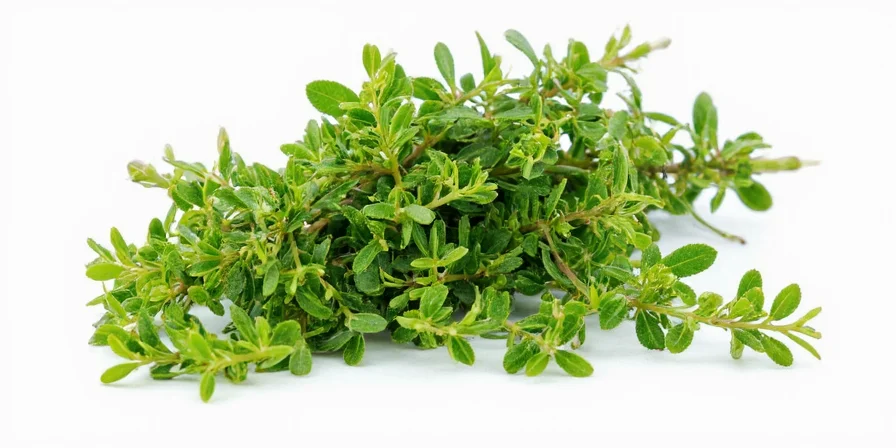
Pair with garlic first for proper flavor layering in Mediterranean dishes.
Key Takeaways for Perfect Oregano Use
Implement these immediately for better cooking results:
- Use Greek oregano for Mediterranean dishes—Mexican variety doesn't work for pizza.
- Add dried oregano early in high-heat cooking; fresh oregano for finishing touches.
- Harvest homegrown oregano before flowering for maximum flavor intensity.
- Pair with garlic (added first) and lemon for balanced Mediterranean flavors.
- Store properly to maintain flavor—freeze instead of air-drying for best results.
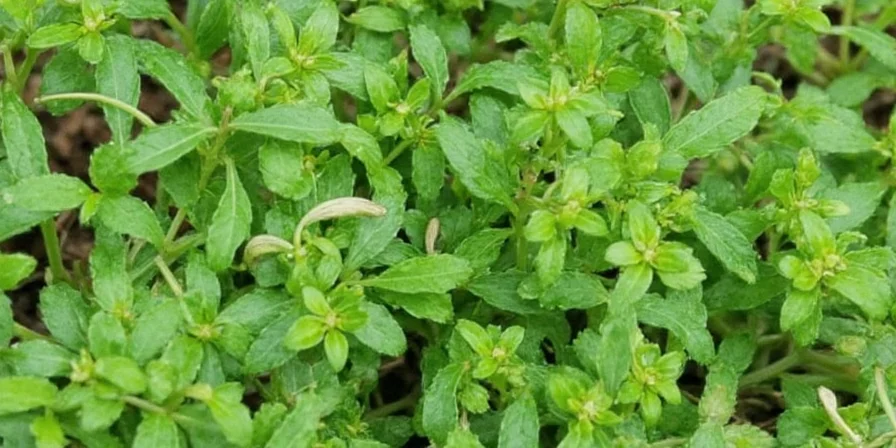
Use Greek oregano for authentic Mediterranean flavors in your cooking.
With these practical techniques, you'll transform everyday meals with authentic Mediterranean flavors. Whether growing your own or buying dried, choosing and using oregano correctly makes all the difference in your cooking.
Frequently Asked Questions About Oregano
Can I substitute Mexican oregano for Greek in Italian dishes?
Not recommended—Mexican oregano has citrus notes that clash with Italian tomato sauces. Use Greek oregano for Mediterranean dishes; Mexican for salsas and bean dishes at 50% reduced quantity due to higher potency.
Why does my oregano oil taste bitter?
Bitterness indicates improper extraction. Heat dried oregano in olive oil below 140°F (60°C) for 20 minutes—higher temperatures release unwanted tannins. Always use cold-pressed oil for best results.
How do I prevent homegrown oregano from flowering too early?
Pinch off flower buds as soon as they appear. This redirects energy to leaf production and maintains higher essential oil concentration. Regular harvesting (every 3-4 weeks) also delays flowering.
Does freezing fresh oregano destroy nutrients?
No—freezing preserves 95% of volatile compounds versus 60% in air-drying. Freeze whole sprigs on a tray, then transfer to airtight bags. Crumble directly into dishes from frozen to maximize flavor retention.

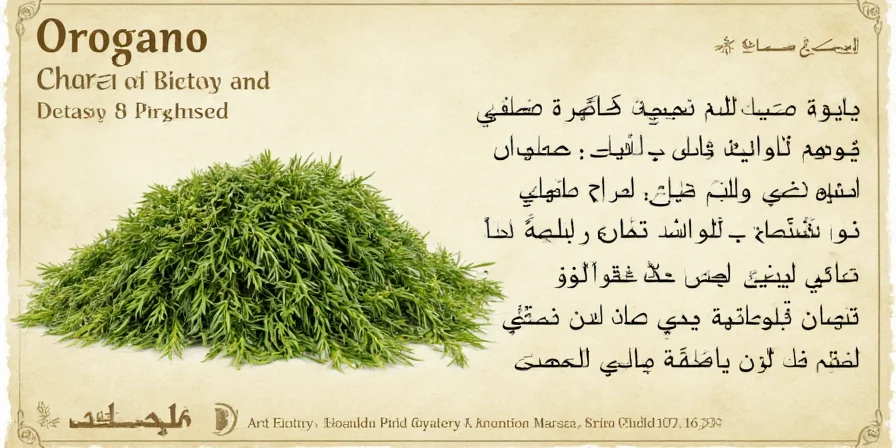









 浙公网安备
33010002000092号
浙公网安备
33010002000092号 浙B2-20120091-4
浙B2-20120091-4